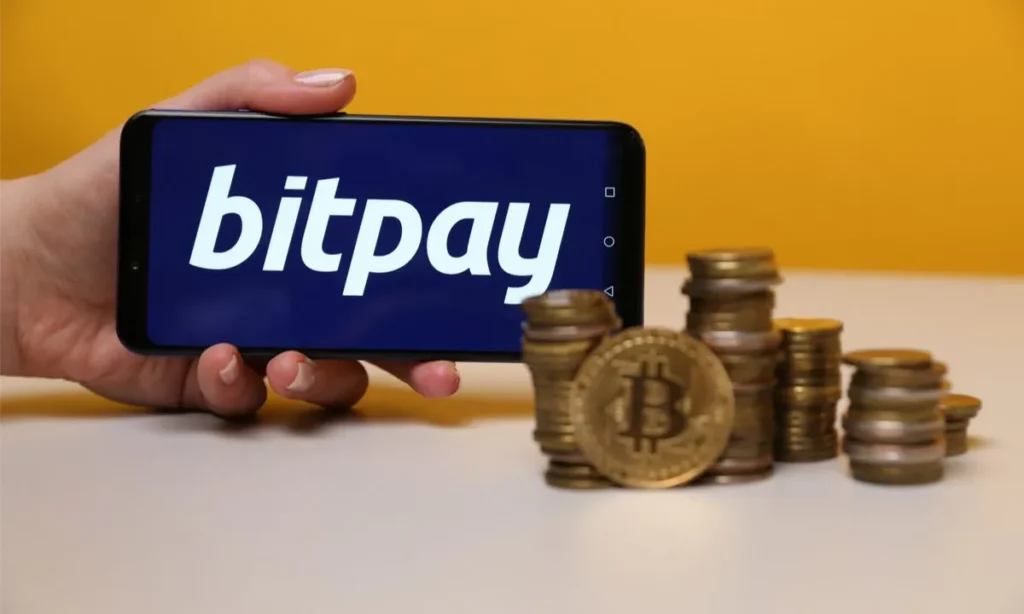Web3 freelancer crypto usage is no longer a fringe concept—it’s a practical reality for many remote workers today. Developers, designers, and community managers are paid in digital assets like USDT, ETH, or other stablecoins. But how easy is it to go from crypto wallets to real-world spending? Let’s break down the pros and cons of using crypto as a freelancer, from paying rent to picking up your morning coffee.

The Upside: Freedom, Flexibility, and Global Access
Freelancers are embracing crypto not just for hype, but for very real advantages. Let’s look at why so many are making the switch:
Direct, Global Payments
- No need to wait for international bank transfers
- Fast, borderless transactions—especially with stablecoins like USDC
Tools to Spend Easily
- Debit cards from BitPay, Binance, and Coinbase allow crypto to be spent at Visa-accepting merchants
- Gift card platforms like Bitrefill turn crypto into essentials—from food to flights
Freedom from Traditional Banking
- Especially useful in countries like Argentina or Nigeria, where banking systems are unstable
- “I pay my rent in USDT,” says Leo, a Web3 dev in Buenos Aires. “My landlord prefers it over our local currency.”
Real Purchasing Power
- Freelancers use crypto for groceries, travel, electronics—even health insurance
- Sarah, a crypto-paid writer in Portugal, says, “It’s freedom not having to cash out every week.”


Subheading with Keyword: Web3 Freelancer Crypto Usage in the Real World
Pros
- Crypto is accepted in more places than ever
- Flexible use through vouchers, travel booking platforms (like Travala), and even select Airbnb hosts
- Stablecoins help freelancers avoid extreme volatility
Cons
- Limited acceptance in some countries and cities
- Exchange rate dips can affect short-term spending power
- Tax and legal issues vary by country
Some freelancers keep a “hybrid wallet”—part crypto for savings or DeFi, and part converted to fiat for essentials. Stablecoins like USDC or USDT provide a safer middle ground compared to volatile tokens like DOGE or SHIB.

Subheading with Keyword: Pros and Cons of Tools Supporting Web3 Freelancer Crypto Usage
As the freelance economy grows, so do the Web3-native tools built to support it.
Helpful Tools Include:
- Superfluid – For real-time streaming payments
- DeWork & Wonder – For finding jobs and gigs on-chain
- Utopia Labs – For automating DAO payrolls
These platforms blend traditional productivity tools (like Notion, Slack) with blockchain infrastructure, offering freelancers more autonomy.

Downsides to Consider:
- Gas fees on Ethereum can eat into your income
- Converting crypto to fiat sometimes causes delays
- Regulatory gray areas make some users nervous
Final Thoughts: Balancing the Benefits and Drawbacks
Web3 freelancer crypto usage is a work in progress—but one filled with promise. From rent and ramen to tech gadgets and transportation, crypto is proving itself useful in real life.
While not without hurdles—fees, volatility, and regulation—many freelancers say the flexibility, independence, and borderless nature of crypto more than make up for the trade-offs.
And as more companies offer crypto-native payrolls and more countries adapt, the line between digital earnings and daily life will only get thinner.
Relevant news: here






